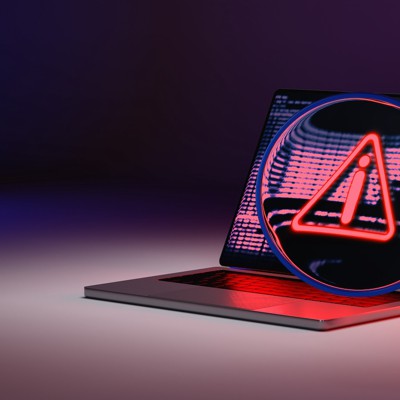One year after the release of the National Cybersecurity Strategy, federal agencies have made significant progress toward enacting the vision to protect our nation from increasingly sophisticated cyber threats. However, the recent wave of attacks targeting vulnerabilities in legacy systems makes it clear that there is still important work to be done. Modernizing and enhancing outdated technology must remain a top priority for government agencies looking to fully implement their strategies.
Legacy systems (older systems running outdated software and hardware) are among the most vulnerable components of a network infrastructure. In 2019, the Government Accountability Office identified 10 critical federal agencies with outdated systems that are most in need of modernization. Eight of these 10 institutions did not have documented modernization plans or had incomplete plans. As of May 2023, six of these eight agencies have implemented GAO's recommendations to document and implement legacy systems modernization plans.
However, government agencies continue to operate systems far beyond their intended useful lives. The risks posed by these outdated systems are very real. The ransomware attack that disrupted Colonial Pipeline in 2021 is a great example of the successful exploitation of known vulnerabilities in decades-old accounting platforms that prompted the United States to address the full scope of the threat. Attacks like this highlight why upgrading legacy technology is at the heart of national cybersecurity strategies.
As outlined in the strategy, proactively modernizing legacy systems is critical to managing risk across government networks. This includes migrating from legacy platforms to modern systems with built-in security, adopting cloud-based infrastructure, increasing automation to reduce vulnerabilities, and consolidating data centers. By investing in new technology optimized for detecting and rapidly responding to cyber threats, government agencies can significantly strengthen their security posture.
However, recent high-profile events have also revealed the potential pitfalls of not approaching modernization holistically. This strategy specifically highlights the dangers of focusing solely on introducing new tools without considering the broader technology ecosystem.
Below are key considerations as government agencies proactively leverage the National Cybersecurity Strategy as a guiding framework to balance modernization goals with the unique needs and constraints of legacy environments.
- Prioritize based on business impact: With limited IT resources, government agencies must prioritize the modernization of legacy systems based on the potential business impact of disruption. Upgrading citizen-facing systems that enable critical services can significantly improve resilience.
- Involve both IT and business teams: IT leaders make their own technology selection and implementation. However, deep input from business and program teams is essential to understanding the impact on operations and workflows. Cross-functional collaboration enables holistic modernization that improves both security and efficiency.
- Create a detailed migration plan: Replacing complex legacy systems can take years. Agencies should plan far in advance to prevent disruption, outline contingencies, and engage managed service providers during the transition period to prevent capability gaps.
- Ensure comprehensive security. While traditional modernization discussions often focus solely on digital protection, robust physical security measures are just as important. Incorporating elements such as strict access control and surveillance systems into your upgrade plan is essential to strengthening your overall data protection efforts.
- empower employees: New technology is meaningless unless there are people who can use it effectively. Government agencies must combine modernization with comprehensive training to ensure IT and cybersecurity teams have the resources to fully utilize new systems.
- incorporate lessons learned: Continuous improvement is key. Agencies should conduct post-mortem reviews of modernization efforts to identify what went well, potential risks that emerged, and steps to strengthen future efforts.
- Monitor performance: Once introduced, new systems and features must be continuously monitored. This allows you to quickly identify and address issues such as reliability challenges and threat detection gaps.
The path forward will require agencies to take a holistic, iterative approach based on real-world lessons learned. Despite progress in documenting and executing modernization plans, legacy platforms continue to pose serious risks across government networks, and the recent wave of cyberattacks targeting vulnerabilities in legacy systems is a major threat to national cybersecurity. It shows that significant work remains to fully enact the strategic vision. .
Government agencies face their next chapter and must adapt modernization efforts that balance new technology with training, collaboration, and continuous review. Upgrading legacy systems will ultimately ensure that our nation's cyber defenses evolve to build on early successes and respond to increasingly sophisticated threats by managing risk and improving resiliency. It is to do.


